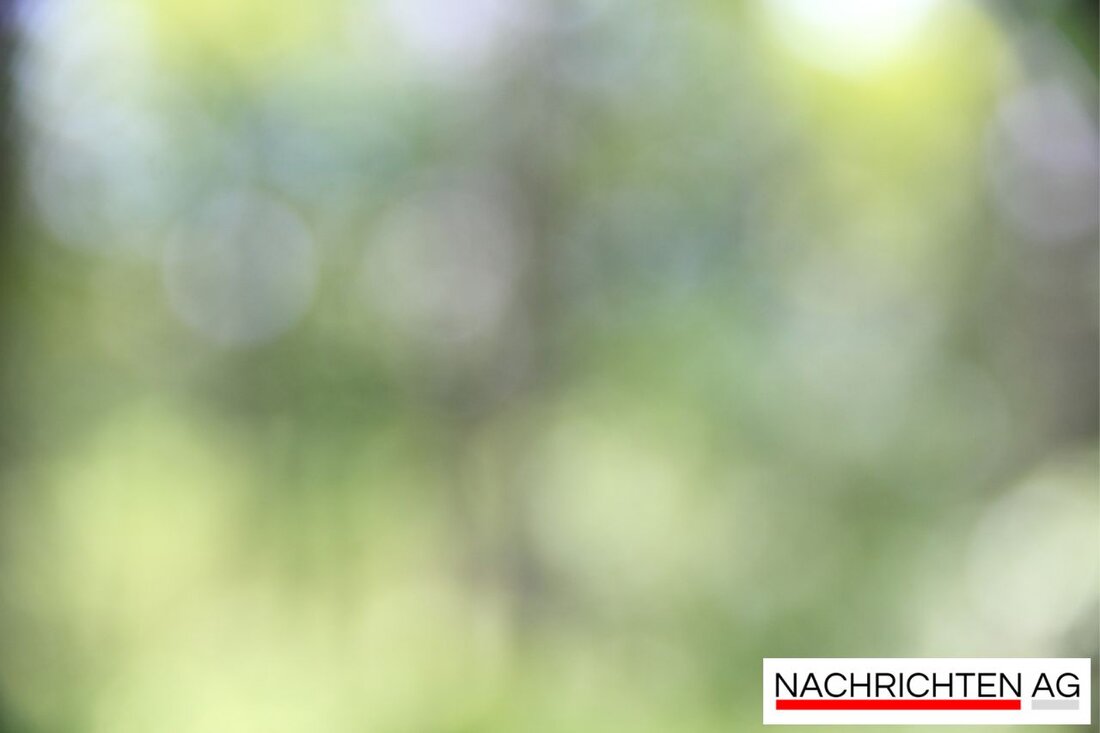Colorful flowers for endangered wild bees: success in the Rhön-Grabfeld district!
Fabienne Maihoff researches wild bees in Rhön-Grabfeld in order to promote their protection and biodiversity through targeted village measures.

Colorful flowers for endangered wild bees: success in the Rhön-Grabfeld district!
In the tranquil villages of Schönau an der Brend in the Rhön-Grabfeld district, exciting things are happening in the world of wild bees. BR.de reports that biologist Fabienne Maihoff from the University of Würzburg is taking a close look at the habitats of these important insects as part of the “Humming Villages” project. The big goal? Develop efficient measures to increase biodiversity and the number of wild bees in rural areas.
The research uses specially created areas with colorful flowers that are specifically designed to improve the living conditions of bees. Maihoff was recently able to catch the impressive brown scaly sand bee, a highly endangered species in Bavaria. It is alarming to know that of the 521 wild bee species in Bavaria, 264 are already classified as endangered. There are more than 560 species of wild bees living throughout Germany, although only 37 percent are considered safe ( WWF.de ).
Wild bees – little heroes of nature
Wild bees are essential for the pollination of fruit, vegetables and many wild plants. In Bavaria, the project focuses on around 40 villages, stretching from the Rhön to the Würzburg district. About half of these villages have already implemented certain wild bee-friendly measures. This includes, among other things, creating perennial areas and planting trees and hedges to increase the availability of flowers. But there are also villages that have done little or nothing at all, which poses interesting challenges for the researchers: This means that the effects of the different measures can be directly compared.
The measures also include creating nesting structures, as around 75 percent of wild bees nest in the ground. These include nesting mounds made of sand, cliff edges and clay cliffs, which enable bees to build their nests and care for their offspring. What many people don't know: Over 400 species of wild bees look after their own brood. Some species are so special that they only need certain genera of plants, which makes the care and protection of their habitats even more important.
Wild bee-friendly measures – a hodgepodge of ideas
These nesting opportunities also benefit other pollinating insects and show how important a good interaction between nature and people is. A good hand when creating such areas is required! For example, the rusty mason bee, named “Insect of the Year” in 2019, often settles near human habitation. It specializes in using cavities in dead wood and dry stone walls and is also an important pollinator of many plant families.
The research comes at a time when the topic of insect protection is becoming more and more important. Sticking with appropriate measures means fighting not only for wild bees, but also specifically to secure our food supply. “We should all pay attention to how important each individual bee is for our ecosystem,” emphasizes Maihoff, showing that every small contribution counts.
So let's stay on the ball when it comes to protecting and promoting the habitats of wild bees. Our local “humming friends” are worth it!

 Suche
Suche
 Mein Konto
Mein Konto